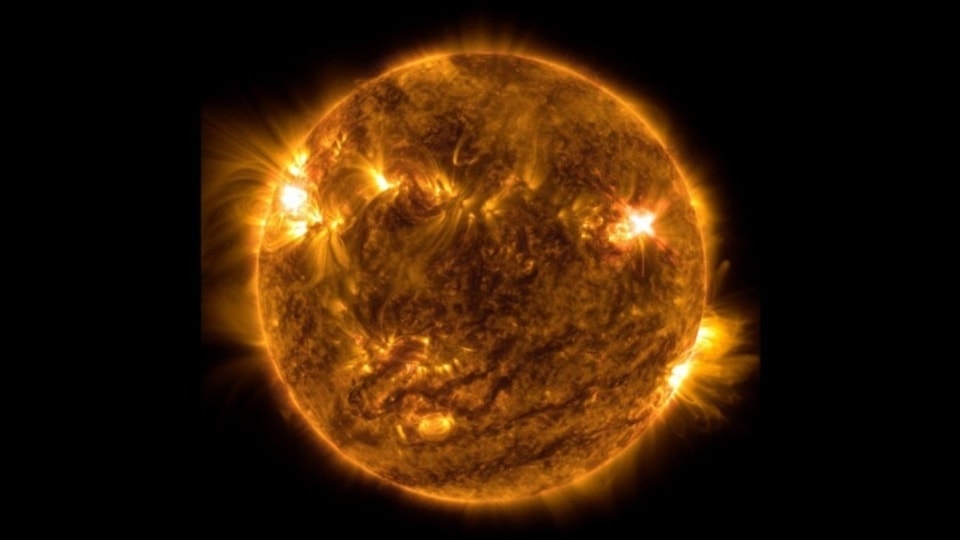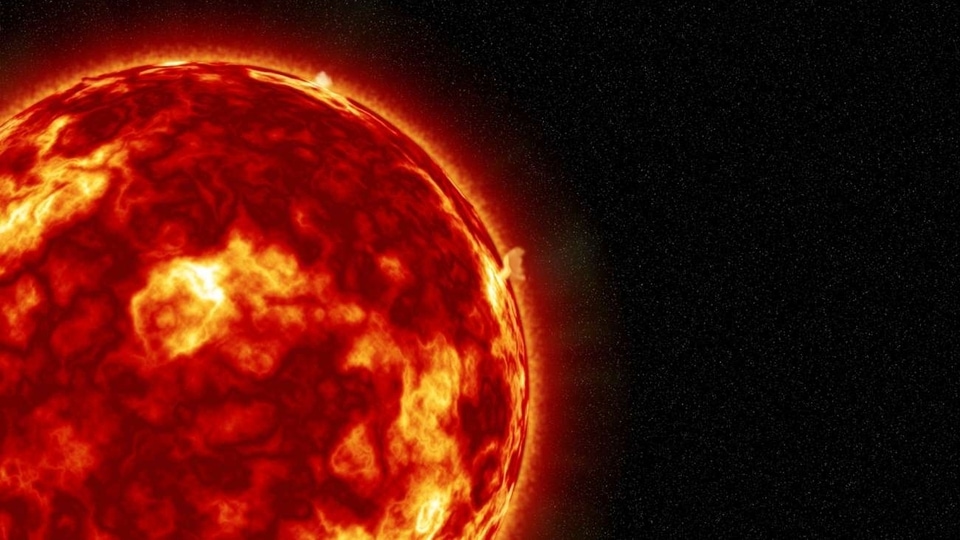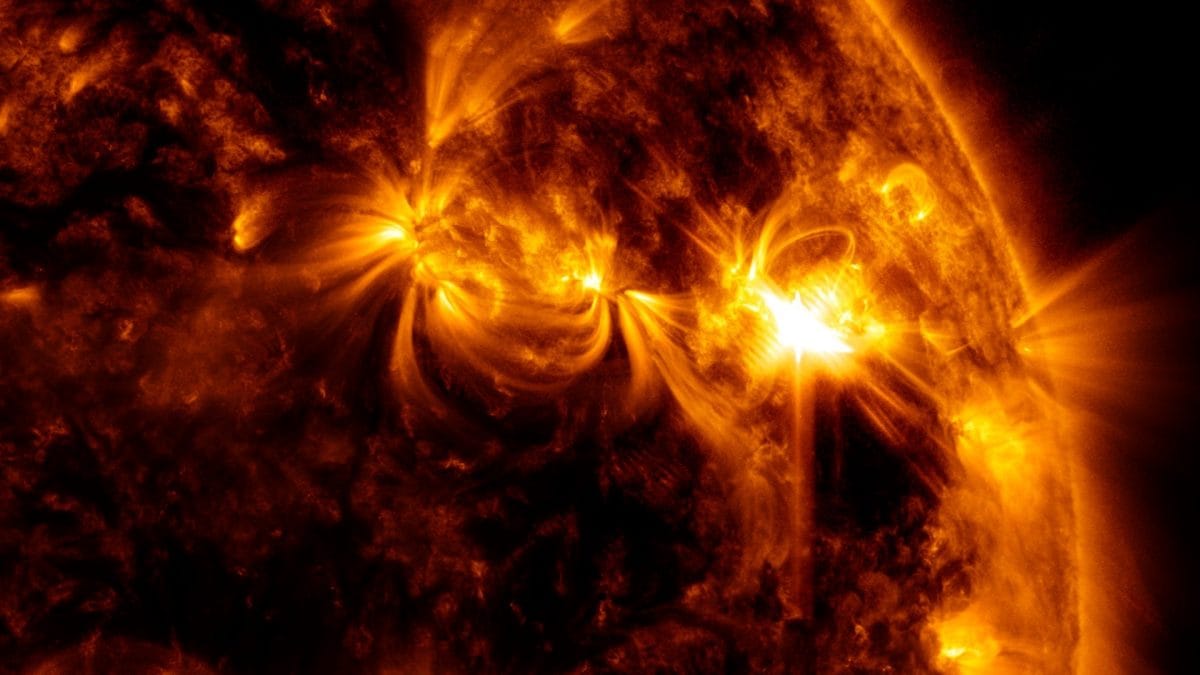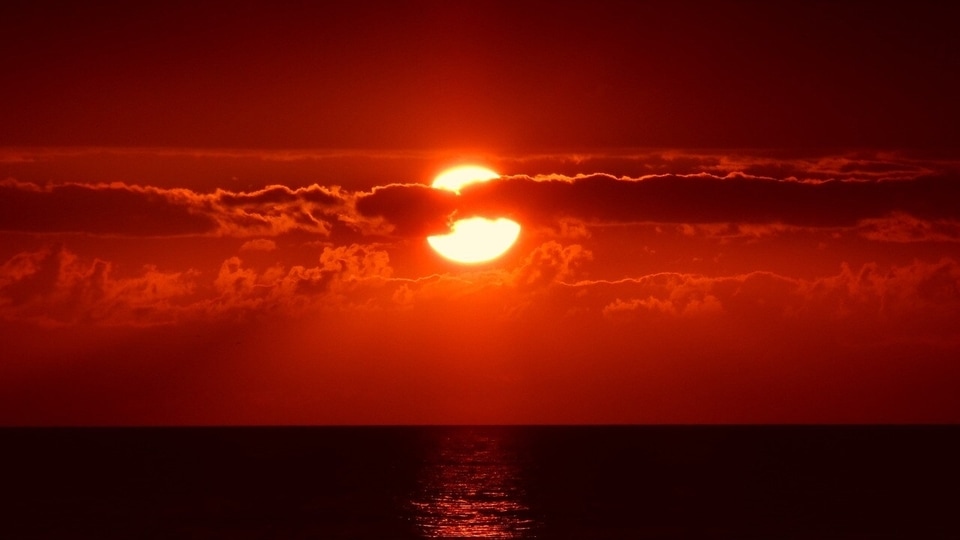3 MASSIVE solar storms smacked into Earth; More to come? NASA reveals the truth
In the month of September, the Earth was hit by three separate solar storms. With the Solar Maximum looming large, will October see similar solar activity? Data from the NASA SDO sheds light on the issue.






 View all Images
View all ImagesYesterday, an unstable sunspot named AR3450 was spotted coming towards the Earth. It was estimated that any explosions within this region that could lead to a coronal mass ejection (CME) would be geoeffective and could lead to a solar storm event. However, it has not gone off so far and no solar flare activity has been noted. While astrophysicists are keeping an eye on it, a new report has highlighted that the month of September witnessed as many as three separate solar storm events, with two of them being significantly intense to the point of reaching the mid-latitude regions. With the peak of the 11-year Solar Cycle, the Solar Maximum, approaching soon, will the month of October be worse? We take a look at the data from the NASA Solar Dynamics Observatory (SDO) to know what's coming our way.
As per NASA SDO data, at present, the Sun appears to be calm. Yet, images from the Atmospheric Imaging Assembly (AIA), an instrument aboard SDO that enables scientists to see the Sun in different wavelengths, at the 193 and 304 Angstrom wavelengths show some interesting development. A long and dark whip-like structure can be seen in the northern hemisphere of the Sun, indicating a particularly unstable region that can explode.
The data does not provide us an outlook for the entire month, as no solar storm prediction or forecast models can describe them with our current technology, it does point out that potential for solar activity remains as high as the previous month. This means there is a chance that October can also see spells of solar storm strikes.
September witnesses multiple solar storms
According to a report by SpaceWeather.com, “The sun has been buffeting Earth with CMEs. In September there were three significant strikes, each one sparking a geomagnetic storm with mid-latitude auroras”.
There were two reasons that explain the high solar activity last month. The first is the approaching Solar Maximum which will witness the highest solar activity in the 11-year period. The second was the autumnal equinox which was on September 23. Based on historical data, it is known that during the equinox, solar activity always increases. A combination of both likely resulted in three separate geomagnetic storms.
It is impossible to tell whether October will have a similar impact, but early signs show that we could be looking at high solar activity in the first few days of the month. The only saving grace is that it may not all be Earth-directed.
The tech behind solar observation
While many space agencies from NASA with its Solar Dynamics Observatory (SDO) to the National Oceanic and Atmospheric Administration (NOAA) keep track of Sun-based weather phenomena, one that particularly stands out is the DSCOVR satellite by NOAA. The satellite became operational in 2016 and tracks different measurements of the Sun and its atmosphere including temperature, speed, density, degree of orientation, and frequency of the solar particles. The recovered data is then run through the Space Weather Prediction Center and the final analysis is prepared.
Catch all the Latest Tech News, Mobile News, Laptop News, Gaming news, Wearables News , How To News, also keep up with us on Whatsapp channel,Twitter, Facebook, Google News, and Instagram. For our latest videos, subscribe to our YouTube channel.































